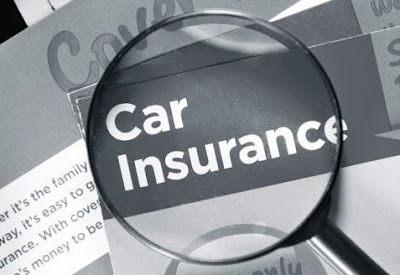Prescribed drugs included on the list of banned substances in new drug-driving laws.
As of 2nd March 2015 new laws mean motorists who drive whilst under the influence of drugs face stiffer penalties.Under the new system, it is illegal to drive if you’re either unfit to do so because you’re on legal or illegal drugs, or if you have certain levels of certain drugs in your blood. Crucially, this includes some prescription drugs, even if they haven’t affected your driving.
The new law does not just affect those under the influence of illegal drugs, it also could lead to seemingly innocent drivers who are taking drugs for a medical condition being prosecuted.
What prescribed drugs are included under the new laws?
The list of drugs includes certain medicines that are sometimes abused, such as medicines to treat:
- extreme pain (morphine, diamorphine, ketamine)
- anxiety or inability to sleep (diazepam, clonazepam, lorazepam, oxazepam, temazepam)
- drug addiction (methadone)
- attention deficit hyperactivity disorder (amphetamine)
- multiple sclerosis (nabiximols)
See the final list of all the drugs and their limits below.
What are the penalties for drug-driving?
Under the crackdown, the Government has introduced a series of tougher punishments, including:
- a minimum one-year driving ban
- a fine of up to £5,000
- up to one year in prison
- a criminal record
- a driving license endorsement that lasts for 11 years
- a prison sentence of 14 years if found guilty of causing death by dangerous driving whilst under the influence of drugs
If you need Information about
Insurance, Please follow links http://goo.gl/Fkd6nL
What’s the RAC advice to drivers?
Our advice to motorists is to discuss any prescriptions with a doctor to make sure they will not impair their driving. Motorists should consult their doctor immediately if prescription drugs are affecting their ability to drive. We also recommend keeping copies of their prescriptions with them at all times.
Ignorance is not an excuse and it’s not worth the risk of a criminal record or, worse still, putting your own life and the lives of other motorists at risk.
The new drug-driving laws came into force on 2nd March 2015. More information can be found here: http://think.direct.gov.uk/drug-driving.html
RAC spokesman Simon Williams said: “The introduction of this new offence sends out a clear message to users of banned substances that driving while under the influence is not acceptable and can now be detected with drugalyser devices. However, it has the potential to affect hundreds of thousands of people who use certain drugs for medicinal purposes.
“Motorists should keep copies of their prescriptions on them at all times, and discuss the effect of their medication with a doctor. They should also consult the doctor if their prescription is impairing their ability to drive. Even if drugs you are routinely taking have never impaired your driving, if you’re over the new limit for a particular drug and are caught, you will fall foul of the offence. So the message is – don’t risk it, check it.”
| The final list of drugs and their limits |
|
|
| Benzoylecgonine | 50μg/L | |
| Clonazepam | 50μg/L | |
| Cocaine | 10μg/L | |
| Delta – 9 – Tetrahydrocannabinol (Cannabis & Cannabinol) | 2μg/L | |
| Diazepam | 550μg/L | |
| Flunitrazepam | 300μg/L | |
| Ketamine | 20μg/L | |
| Lorazepam | 100μg/L | |
| Lysergic Acid Diethylamide (LSD) | 1μg/L | |
| Methadone | 500μg/L | |
| Methylamphetamine | 10μg/L | |
| Methylenedioxymethaphetamine (MDMA – Ecstasy) | 10μg/L | |
| 6-Monoacetylmorphine (6-MAM – Heroin & Morphine) | 5μg/L | |
| Morphine | 80μg/L | |
| Oxazepam | 300μg/L | |
| Temazepam | 1,000μg/L |















Just like human medical treatment techniques and costs, veterinary techniques are becoming more sophisticated - and more expensive. Many people are looking harder at the possibility of getting Insurance Agents
ReplyDeleteto help defray the costs of having their pets treated for serious problems. If you don't want to be confronted with making a decision between the treatment you can afford and the treatment your pet needs, maybe it's time for you to look into pet insurance.
Nice.
ReplyDeleteVisit& get more info..........
Auto Insurnce
<a href="http://insurance4allfree.blogspot.com//>Insurnce quotes</a>